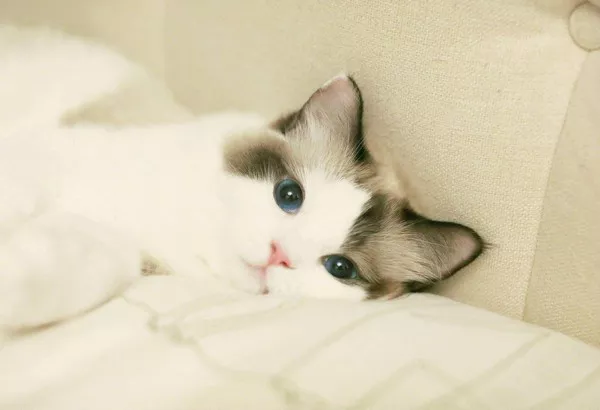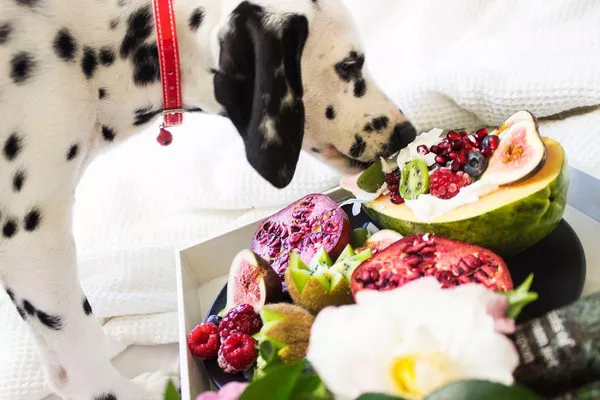Calico cats, with their distinct tri-colored coats, are not only visually striking but also beloved companions to many cat owners around the world. Like any other feline friend, ensuring they receive proper nutrition is essential for their health and well-being. However, with the myriad of cat food options available, determining what to feed your Calico cat can be overwhelming. In this comprehensive guide, we’ll delve into the dietary needs of Calico cats, explore the best food options, and provide tips for maintaining their health through proper nutrition.
Understanding the Nutritional Needs of Calico Cats
Before delving into specific dietary recommendations, it’s crucial to understand the nutritional requirements of Calico cats. Like all cats, Calicos are obligate carnivores, meaning they require a diet primarily composed of animal-based proteins to thrive. Their diet should be rich in essential nutrients such as protein, fats, vitamins, and minerals.
Protein: Protein is essential for muscle maintenance, growth, and overall health in cats. Look for high-quality, animal-based protein sources such as chicken, turkey, fish, and beef in your Calico cat’s food.
Fats: Fats are a concentrated source of energy and play a vital role in maintaining healthy skin and coat, as well as supporting various bodily functions. Omega-3 and omega-6 fatty acids are particularly beneficial for cats and can be found in fish oils and certain plant oils.
Vitamins and Minerals: Cats require specific vitamins and minerals, including vitamin A, vitamin D, calcium, and taurine, to prevent nutritional deficiencies and support optimal health. Ensure that your Calico cat’s food is formulated to meet these requirements.
Water: Adequate hydration is crucial for cats to support digestion, regulate body temperature, and maintain overall health. Always provide access to fresh, clean water to encourage proper hydration.
Choosing the Right Cat Food for Your Calico
When selecting cat food for your Calico, opt for high-quality, nutritionally balanced options that meet the standards set by organizations such as the Association of American Feed Control Officials (AAFCO). Consider the following factors when choosing the right food for your Calico cat:
Life Stage: Cats have different nutritional needs depending on their life stage. Choose a cat food formula that is appropriate for your Calico’s age, whether they are a kitten, adult, or senior cat.
Ingredients: Check the ingredient list to ensure that the cat food contains high-quality protein sources as the primary ingredients. Avoid foods that contain excessive fillers, artificial additives, and by-products.
Formulation: Decide whether wet, dry, or a combination of both types of cat food is best suited for your Calico’s needs. Wet food can help increase hydration levels, while dry food may be more convenient for some cat owners.
Special Dietary Needs: If your Calico cat has specific dietary requirements or health issues, such as allergies or sensitivities, consult with your veterinarian to determine the most appropriate diet.
Brand Reputation: Choose cat food from reputable brands with a history of producing high-quality, nutritious products. Look for brands that conduct thorough testing and adhere to stringent quality control standards.
Feeding Tips for Calico Cats
In addition to selecting the right cat food, implementing proper feeding practices is essential for maintaining your Calico cat’s health and preventing obesity and other health issues. Consider the following tips:
Portion Control: Follow the feeding guidelines provided on the cat food packaging to determine the appropriate portion size for your Calico cat based on their age, weight, and activity level. Avoid overfeeding, as obesity can lead to various health problems.
Meal Frequency: Depending on your cat’s preferences and schedule, divide their daily food allowance into multiple small meals or offer food freely throughout the day. Monitor their intake to prevent under or overfeeding.
Food Transition: When switching your Calico cat to a new type or brand of cat food, do so gradually over the course of several days to avoid digestive upset. Mix a small amount of the new food with their current food and gradually increase the proportion of the new food.
Treats: Limit the number of treats given to your Calico cat and choose healthy, low-calorie options. Treats should not exceed 10% of their daily calorie intake to prevent nutritional imbalances.
Supervise Outdoor Feeding: If your Calico cat spends time outdoors, supervise their feeding to prevent them from consuming potentially harmful substances or ingesting toxic plants.
Monitoring Your Calico Cat’s Health
Regular monitoring of your Calico cat’s health is essential for identifying any dietary issues or health concerns early on. Keep an eye out for the following signs that may indicate a problem:
Changes in Appetite: A sudden increase or decrease in appetite could signal an underlying health issue and should be evaluated by a veterinarian.
Weight Changes: Monitor your cat’s weight regularly and consult with your veterinarian if you notice any significant changes, as obesity or weight loss can indicate health problems.
Digestive Issues: Pay attention to your Calico cat’s litter box habits and stool quality. Diarrhea, constipation, or vomiting may indicate digestive issues or dietary intolerances.
Coat and Skin Condition: A healthy coat should be shiny, smooth, and free of mats or bald patches. Dry, dull, or flaky skin, as well as excessive shedding, may indicate nutritional deficiencies.
Energy Levels: Changes in your cat’s activity level or behavior could indicate pain, illness, or discomfort. Monitor for any lethargy, reluctance to play, or other behavioral changes.
Consulting with Your Veterinarian
While this guide provides valuable information on feeding your Calico cat, it’s essential to consult with your veterinarian for personalized dietary recommendations and health advice. Your veterinarian can assess your cat’s individual needs, provide guidance on nutrition, and address any specific concerns or health issues.
In conclusion, providing your Calico cat with a balanced and nutritious diet is key to ensuring their health and well-being. By understanding their nutritional needs, selecting high-quality cat food, implementing proper feeding practices, and monitoring their health, you can help your Calico cat live a long, happy, and healthy life.
Related Topics:

























